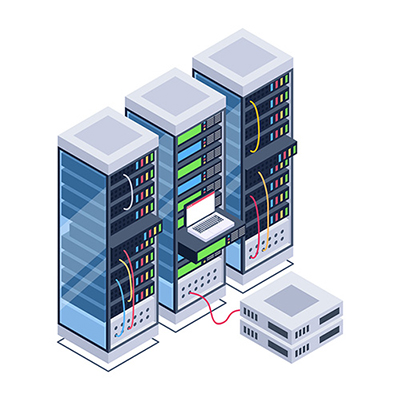 Select, copy, change window, paste, change window.
Select, copy, change window, paste, change window.
Select, copy, change window, paste, change window.
Select, copy, change window, paste, change window.
Wash, rinse, repeat…
Select data from the HPLC software.
Copy data from the ELN.
Paste it to the LIMS.
Move it to the SDMS.
Click back to the ELN.
Sigh. It’s going to be a long day.
Let’s face it: this is no way to handle data. But it happens every day in labs around the world as data is manually copied or moved from one platform to another.
The trouble with this approach is mistakes happen — and more frequently than we’d like to believe.
Pieces of the Laboratory Software Puzzle
Modern labs can be complicated places, often relying on several software packages created by multiple vendors. These components typically include:
- Core LIMS (laboratory information management system) — The “master control” system of the lab, handling laboratory department structure, system and user security, policies and business rules, sample and batch management, inventory management, laboratory incident reporting, and more.
- LES (laboratory execution system) — Manages step-by-step laboratory method execution instructions and metadata capture (consumables, lot numbers, temperatures, equipment used, etc.).
- SDMS (scientific data management system) — Captures, records, organizes, and stores data produced by laboratory instruments and other data sources. The SDMS is designed to manage unstructured and diverse data sets, and to make data available for re-use and analytics.
- ELN (electronic laboratory notebook) — Digitally documents and stores research, experiments, and procedures performed in a laboratory. The ELN can be maintained as a legal document for patent and intellectual property purposes.
- Analytics — Visualization of data in live queries, integrated dashboards and reports. Incorporates AI and ML to predict outcomes, identify trends, etc.
When each of these is a separate, standalone software solution, getting all these systems to communicate with one another is tricky business. Often, it’s simply not possible (or cost-efficient), which means significant manual entry, needless duplication of effort and high potential for data errors. And the more vendors your lab has involved, the more complicated integration becomes.
But what if every digital component of your lab worked seamlessly together? What if all of your LIMS, LES, SDMS, ELN and powerful analytics were a fully-integrated system that could handle all your workflows – from end-to-end?
How Lab Software Integration Works
Let’s say a researcher working in your lab comes up with a brilliant idea for a new formula. She might start by creating a worksheet and documenting the formula in the ELN. Using LIMS functionality integrated with the ELN, the researcher generates samples of the new formula for performance testing.
Next, either the same researcher or one of her colleagues uses the LES to document and perform sample testing using a specific instrument. The SDMS records and stores the resulting data from the instrument. Since the SDMS is integrated, the data can be pulled into the ELN using SDMS and LIMS functionality.
Going forward, researchers can continue to tweak the formula in the ELN, generate samples, test the samples, and document results. Onboard analytics can be used to evaluate all the data and determine the best ways to refine the formula. Artificial intelligence (AI) and machine learning (ML) can also be used to predict the new formula’s performance. Manufacturing and quality testing (QC) of the new formula can be executed – complete with Certificate of Analysis (COA) documentation – in the LIMS.
In an integrated environment, all of these tasks could be performed without ever leaving a single system. Your lab benefits by significantly reducing the resources needed to develop and refine the new formula. You save on staff resources, consumables, instrument time, and time-to-market while eliminating opportunities for manual data errors — all with just one lab informatics platform.
Suddenly, the day looks much more interesting without the Select, copy, change window, paste, change window scenario. Your team is free to do more science.

From Vision to Reality
As the example above suggests, integration is the path to digital transformation for today’s laboratories. It’s more cost-effective. It eliminates the need for multiple platforms (and their individual licenses) which may or may not successfully communicate and share with one another. An integrated system also:
- reduces bottlenecks.
- avoids manual data transcription errors.
- eliminates the need to customize platforms in order to integrate disparate systems.
- reduces overhead.
- simplifies training.
- makes the entire system easier to use.
This isn’t a vision of the future — it’s reality today.
In many labs – whether small or enterprise – LabVantage LIMS provides this fully integrated solution out of the box, operating as a control center for all data collected in your laboratory, enabling true paperless workflows and minimizing the risk of project delays or failures by automating tasks and integrating with existing instruments and systems. You never have to second-guess which solutions to try and connect together, because every component you need is supported within a single platform.
Learn more about our fully-integrated LabVantage informatics solution, or contact us today.



